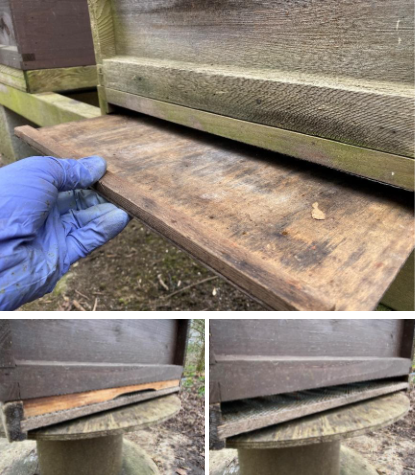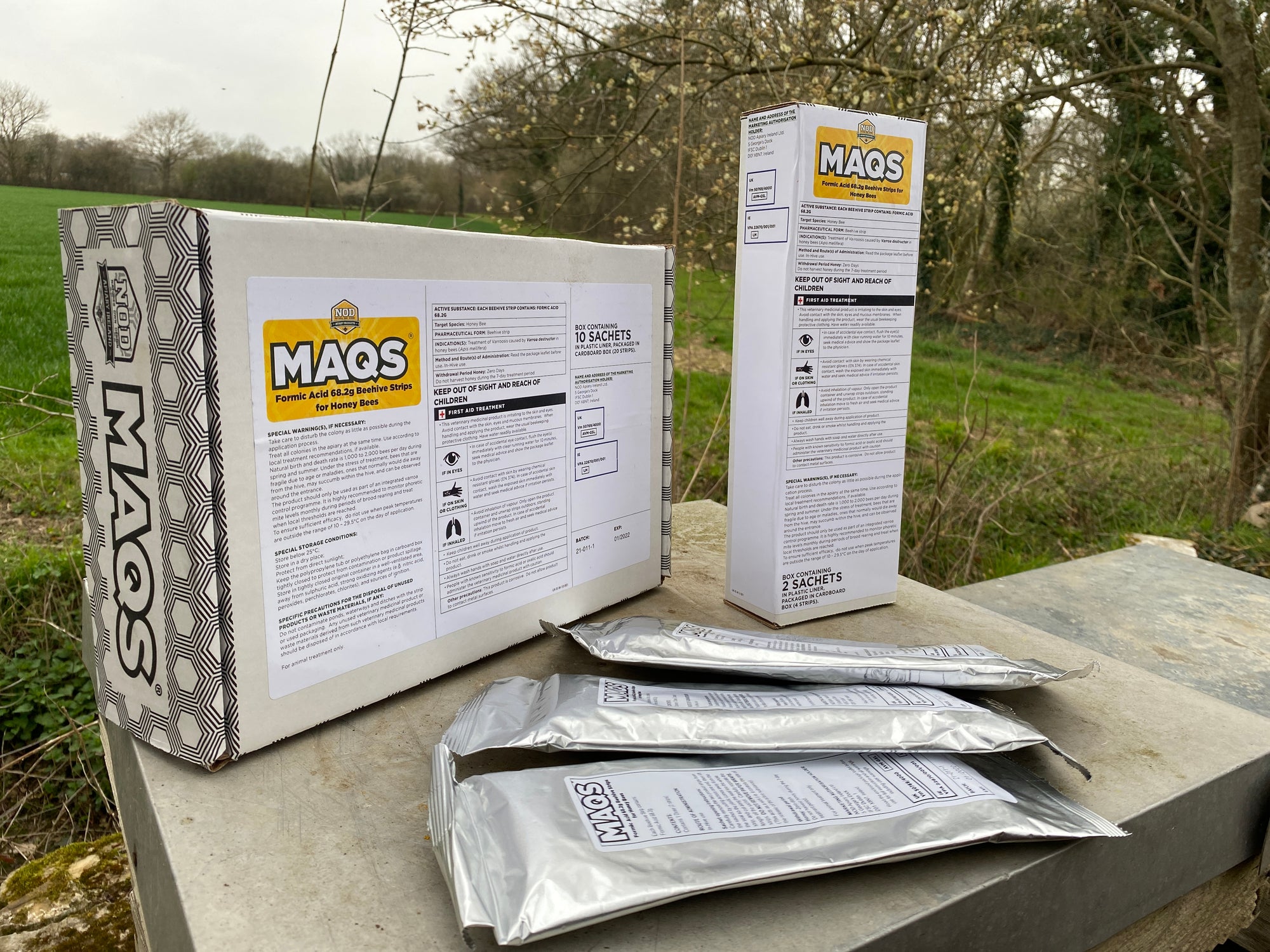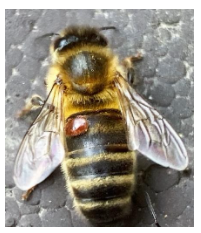By Dylan Devaney, Bee Health Specialist
3 Step-Prep for MAQS and your hive
This easy three step method prepares your hive to apply MAQS the correct way. Use this guide to ensure that your colony gets the most out of this highly effective varroa treatment.
Inspection
Before you apply MAQS to your hive, inspect the colony ideally three days prior to the application. Disturbing the colony as little as possible during the treatment reduces stress on the colony which limits the risk of adverse reactions from the bees. The colony should be strong and healthy, covering 6 brood frames (about 10’000 bees). The colony should be in a full-size hive for application. Do not treat bees in nucleus colonies with MAQS; these smaller colonies should be transferred to a full-size hive and given time to build up.

Food
During the inspection identify the amount of food stores that the colony has. We advise leaving at least one super of honey for the colony during treatment. This is to ensure sufficient stores are available but also to give the colony space to move around the hive. If stores are low and the colony is light, the colony should be fed before the application of MAQS. It is not advisable to feed and treat at the same time.

Ventilation
This is the most important factor in ensuring a successful treatment. The use of open mesh floors is popular in bee keeping today and many bee keepers use open mesh floors to assist with varroa management. This gives a good source of ventilation in the hive and has little effect on the efficacy of the treatment. The entrance block should also be removed and if the colony has a super or extra brood box these can be set back slightly to create more ventilation in the hive.


Solid floor hives users must carefully consider the amount of ventilation they are giving to the hives during treatment. If there is not enough, particularly on a hot day there is likely to be a negative response in the colony and this may cause problems such as, bearding, a higher mortality rate and absconding.

Your colony is now prepared for MAQS..
To apply MAQS, simply remove the strips from the plastic packaging and lay both strips across the top of the frames of the brood box.
Replace the second brood box or super on top of the strips in a position that gives enough ventilation to the hive.
Lastly, replace the crown board and roof leaving the colony undisturbed for 7 days and the treatment is complete.



